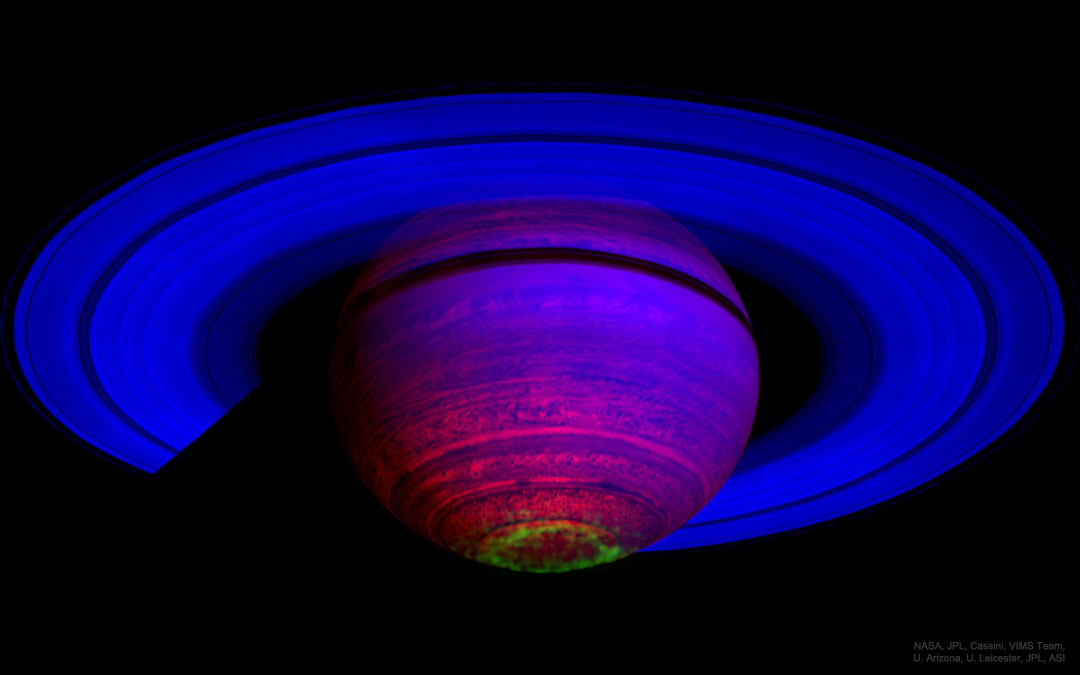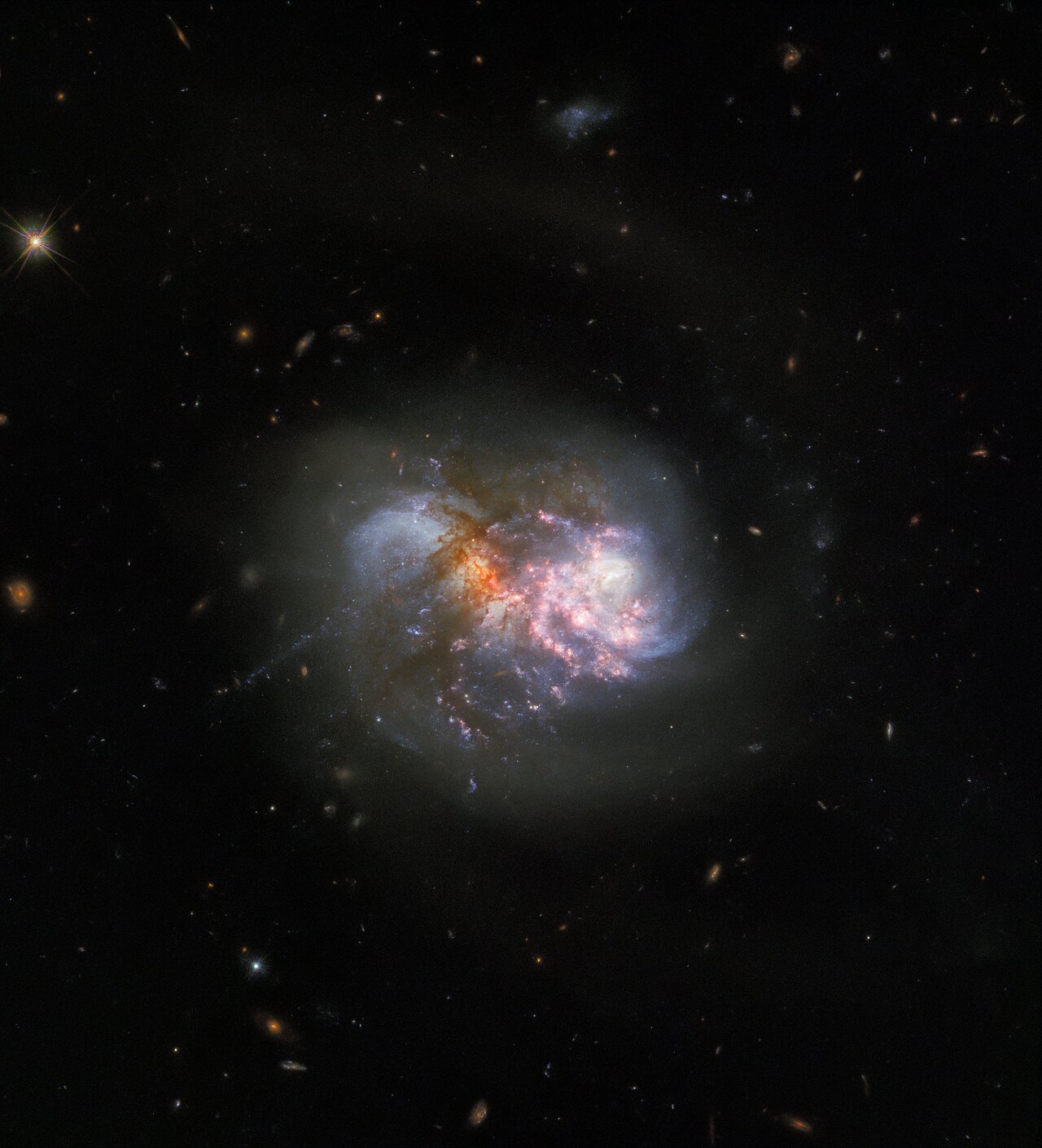Blog
Julian Priester (born June 29, 1935) is an American jazz trombonist and occasional euphoniumist. He is sometimes credited “Julian Priester Pepo Mtoto”. He has played with Sun Ra, Max Roach, Duke Ellington, John Coltrane, and Herbie Hancock.
Priester attended Chicago’s DuSable High School, where he studied under Walter Dyett. In his teens he played with blues and R&B artists such as Muddy Waters, and Bo Diddley, and had the opportunity to jam with jazz players like saxophonist Sonny Stitt.
In the early 1950s, Priester was a member of Sun Ra‘s big band, recording several albums with the group before leaving Chicago in 1956 to tour with Lionel Hampton and he joined Dinah Washington in 1958. The following year he settled in New York and joined the group led by drummer Max Roachwho heard him playing on the Philly Joe Jones album, “Blues for Dracula” (1958). While playing in Roach’s group, Priester also recorded two albums as a leader, Keep Swingin’ and Spiritsville, both of which were recorded and released by Riverside (the latter by their Jazzland subsidiary) in 1960.
more...This Picture of the Week depicts the open star cluster NGC 330, which lies around 180,000 light-years away inside the Small Magellanic Cloud. The cluster — which is in the constellation Tucana (The Toucan) — contains a multitude of stars, many of which are scattered across this striking image. Pictures of the Week from the NASA/ESA Hubble Space Telescope show us something new about the Universe. This image, however, also contains clues about the inner workings of Hubble itself. The criss-cross patterns surrounding the stars in this image — known as diffraction spikes — were created when starlight interacted with the four thin vanes supporting Hubble’s secondary mirror. As star clusters form from a single primordial cloud of gas and dust, all the stars they contain are roughly the same age. This makes them useful natural laboratories for astronomers to learn how stars form and evolve. This image uses observations from Hubble’s Wide Field Camera 3, and incorporates data from two very different astronomical investigations. The first aimed to understand why stars in star clusters appear to evolve differently from stars elsewhere, a peculiarity first observed by the Hubble Space Telescope. The second aimed to determine how large stars can be before they become doomed to end their lives in cataclysmic supernova explosions. Links Video of A Scattering of Stars

Pete Candoli (born Walter Joseph Candoli; June 28, 1923 – January 11, 2008) was an American jazz trumpeter and the brother of trumpeter Conte Candoli. He played with the big bands of Woody Herman and Stan Kenton and worked in the studios of the recording and television industrie. A native of Mishawaka, Indiana, Pete Candoli was the older brother of Conte Candoli.
During the 1940s he was a member of big bands led by Sonny Dunham, Will Bradley, Ray McKinley, Tommy Dorsey, Teddy Powell, Woody Herman, Boyd Raeburn, Tex Beneke, and Jerry Gray. For his ability to hit high notes on the trumpet he was given the nickname “Superman”. While he was a member of Woody Herman’s First Herd, he sometimes wore a Superman costume during his solo. In the 1950s he belonged to the bands of Stan Kenton and Les Brown and in Los Angeles began to work as a studio musician. His studio work included recording soundtracks for the movies Bell, Book and Candle, Private Hell 36, Save the Tiger, The Man with the Golden Arm, and The Prisoner of Second Avenue and appearing with The Tonight Show Band.
more...
Richard Charles Rodgers (June 28, 1902 – December 30, 1979) was an American composer, known largely for his work in musical theater. With 43 Broadway musicals and over 900 songs to his credit, Rodgers was one of the most significant American composers of the 20th century, and his compositions had a significant impact on popular music.
He is best known for his songwriting partnerships with the lyricist Lorenz Hart, with whom he wrote many musicals throughout the 1920s and 1930s, including Pal Joey, A Connecticut Yankee, On Your Toes and Babes in Arms; and Oscar Hammerstein II, with whom he wrote musicals through the 1940s and 1950s, such as Oklahoma!, Flower Drum Song, Carousel, South Pacific, The King and I, and The Sound of Music. His collaborations with Hammerstein, in particular, are celebrated for bringing the Broadway musical to a new maturity by telling stories that were focused around characters and drama rather than the light-hearted entertainment that the genre was known for beforehand.
Rodgers was the first person to win all of what are considered the top American entertainment awards in theater, film, recording, and television – a Tony, an Oscar, a Grammy, and an Emmy— now known collectively as an EGOT. In addition, he was awarded a Pulitzer Prize, making him one of only two people to receive all five awards (Marvin Hamlisch is the other). In 1978, Rodgers was awarded The Kennedy Center Honors for his lifetime achievement in the arts.
https://www.youtube.com/watch?v=8IShzxmRWEc
more...David “Honeyboy” Edwards (June 28, 1915 – August 29, 2011) was a Delta blues guitarist and singer from Mississippi.
Edwards was born in Shaw, Mississippi. He learned to play music from his father, a guitarist and violinist. At the age of 14, he left home to travel with the bluesman Big Joe Williams, beginning life as an itinerant musician, which he maintained through the 1930s and 1940s. He performed with the famed blues musician Robert Johnson, with whom he developed a close friendship. Edwards was present on the night Johnson drank the poisoned whiskey that killed him, and his story has become the definitive version of Johnson’s demise. Edwards also knew and played with other leading bluesmen in the Mississippi Delta, including Charley Patton, Tommy Johnson, and Johnny Shines.
more...Scientists have sorted through hundreds of infrared images of Saturn taken by the Cassini spacecraft for other purposes, trying to find enough aurora images to correlate changes and make movies. Once made, some movies clearly show that Saturnian auroras can change not only with the angle of the Sun, but also as the planet rotates. Furthermore, some auroral changes appear related to waves in Saturn’s magnetosphere likely caused by Saturn’s moons. Pictured here, a false-colored image taken in 2007 shows Saturn in three bands of infrared light. The rings reflect relatively blue sunlight, while the planet itself glows in comparatively low energy red. A band of southern aurora in visible in green. In has recently been found that auroras heat Saturn’s upper atmosphere. Understanding Saturn’s auroras is a path toward a better understanding of Earth’s auroras.

George Braith (born George Timothy Braithwaite on June 26, 1939) is a soul-jazz saxophonist from New York.
Braith is known for playing multiple horns at once, a technique pioneered by Roland Kirk. Braith is credited with the invention of the Braithophone, two different horns (straight alto and soprano) mended together by extensions, valves and connections.
Braith is featured in a mosaic in the 72nd street station of the Second Avenue Subway in the New York City Subway system.
Of Braith’s album Musart Thom Jurek at AllMusic wrote, “Musart is his masterpiece; it is one of the most diverse yet refined albums to come out of the ’60s, and has few peers even today.”
more...Johnny “Big Moose” Walker (June 27, 1927 – November 27, 1999) was an American Chicago blues and electric blues pianist and organist. He worked with many blues musicians, including Ike Turner, Sonny Boy Williamson II, Lowell Fulson, Choker Campbell, Elmore James, Earl Hooker, Muddy Waters, Otis Spann, Sunnyland Slim, Jimmy Dawkins and Son Seals.
Walker was primarily a piano player but was also proficient on the electronic organ and the bass guitar (he played the bass guitar when backing Muddy Waters). He recorded solo albums and accompanied other musicians in concert and on recordings.
John Mayon Walker was born in the unincorporated community of Stoneville, Mississippi, partly of Native American ancestry. He acquired his best-known stage name in his childhood in Greenville, Mississippi, derived from his long, flowing hair.
more...St. Elmo Sylvester Hope (June 27, 1923 – May 19, 1967 NY, NY) was an American jazz pianist, composer, and arranger, chiefly in the bebop and hard bopgenres. He grew up playing and listening to jazz and classical music with Bud Powell, and both were close friends of another influential pianist, Thelonious Monk.
Hope survived being shot by police as a youth to become a New York-based musician who recorded with several emerging stars in the early to mid-1950s, including trumpeter Clifford Brown, and saxophonists John Coltrane, Lou Donaldson, Jackie McLean, and Sonny Rollins. A long-term heroin user, Hope had his license to perform in New York’s clubs withdrawn after a drug conviction, so he moved to Los Angeles in 1957. He was not happy during his four years on the West Coast, but had some successful collaborations there, including with saxophonist Harold Land.
More recordings as leader ensued following Hope’s return to New York, but they did little to gain him more public or critical attention. Further drug and health problems reduced the frequency of his public performances, which ended a year before his death, at the age of 43. He remains little known, despite, or because of, the individuality of his playing and composing, which were complex and stressed subtlety and variation rather than the virtuosity predominant in bebop.
more...Lester Rallingston “Shad” Collins (June 27, 1910 – June 6, 1978) was an American jazz trumpet player, composer and arranger, who played in several leading bands between the 1930s and 1950s, including those led by Chick Webb, Benny Carter, Count Basie, Lester Young, Cab Calloway and Sam “The Man” Taylor.
Born in Elizabeth, New Jersey, the son of a clergyman, he acquired the nickname of “Shad” in his teens, and by the late 1920s had joined Charlie Dixon‘s band. He also performed with pianist Eddie White, before joining Chick Webb’s band in 1931. In the mid-1930s he played in Teddy Hill‘s band, with whom he toured in Britain and Europe, before joining the Count Basie Orchestra. He performed in Basie’s band at the From Spirituals to Swing concerts in New York City in 1938 and 1939. He also worked in the late 1930s in bands led by Benny Carter, Lester Young and Don Redman, among others.
https://www.youtube.com/watch?v=GT_2Ev9qf1w
more...A cataclysmic cosmic collision takes centre stage in this Picture of the Week. The image features the interacting galaxy pair IC 1623, which lies around 275 million light-years away in the constellation Cetus (The Whale). The two galaxies are in the final stages of merging, and astronomers expect a powerful inflow of gas to ignite a frenzied burst of star formation in the resulting compact starburst galaxy. This interacting pair of galaxies is a familiar sight; Hubble captured IC 1623 in 2008 using two filters at optical and infrared wavelengths using the Advanced Camera for Surveys. This new image incorporates new data from Wide Field Camera 3, and combines observations taken in eight filters spanning infrared to ultraviolet wavelengths to reveal the finer details of IC 1623. Future observations of the galaxy pair with the NASA/ESA/CASA James Webb Space Telescope will shed more light on the processes powering extreme star formation in environments such as IC 1623. Links Video of Clash of the Titans

James Burke “St. Louis Jimmy” Oden (June 26, 1903 – December 30, 1977) was an American blues singer and songwriter.
Oden was born in Nashville, Tennessee, United States. His parents were Henry Oden, a dancer, and Leana West, although both had died before their son reached the age of eight. He sang and taught himself to play the piano in childhood. In his teens, he left home for St. Louis, where piano-based blues was prominent. He developed his vocal talents and began performing with the pianist Roosevelt Sykes. After more than ten years playing in and around St. Louis, in 1933 he and Sykes moved to Chicago.
In Chicago, he was nicknamed St. Louis Jimmy and had a solid performing and recording career for the next four decades. Chicago became his home, but Oden traveled with blues players throughout the United States. He recorded many records, his best-known being the 1941 Bluebird release “Goin’ Down Slow“. Oden’s songs “Take the Bitter with the Sweet” and “Soon Forgotten” were recorded by his friend Muddy Waters.[2]
“Florida Hurricane” was released in 1948 on Aristocrat Records. The song featured Muddy /Waters on guitar and Sunnyland Slim on piano.[1] In 1949, Oden partnered with Joe Brown to form a small recording company, J.O.B. Records. Oden appears to have ended his involvement within a year, but with other partners the company remained in business until 1974.
He spent less time performing after being in a car crash in 1957. Songs written later in his career include “What a Woman!” Oden released the album Goin’ Down Slow on Prestige-Bluesville in 1960. He performed as a vocalist on three songs recorded for an Otis Spann session in 1960. These tracks were released on the album Walking the Blues, re-released as a Candid CD (CCD 79025) in 1989.
Oden died of bronchopneumonia in 1977, at the age of 74, and was interred in Restvale Cemetery, in Alsip, Illinois, near Chicago.
more...Reginald “Reggie” Workman (born June 26, 1937 in Philadelphia, Pennsylvania) is an American avant-garde jazz and hard bop double bassist, recognized for his work with both John Coltrane and Art Blakey.
Early in his career, Workman worked in jazz groups led by Gigi Gryce, Donald Byrd, Duke Jordan and Booker Little. In 1961, Workman joined the John Coltrane Quartet, replacing Steve Davis. He was present for the saxophonist’s Live at the Village Vanguard sessions, and also recorded with a second bassist (Art Davis) on the 1961 album, Olé Coltrane. Workman left Coltrane’s group at the end of the year, following a European tour.
In 1962, Workman joined Art Blakey‘s Jazz Messengers (replacing long-time Blakey bassist Jymie Merritt), and worked alongside Freddie Hubbard, Wayne Shorter, and Cedar Walton for most of this period. Workman left Blakey’s group in 1964.
Workman also played with James Moody, Yusef Lateef, Pharoah Sanders, Herbie Mann and Thelonious Monk. He has recorded with Archie Shepp, Lee Morgan and David Murray. Workman, with pianist Tommy Flanagan and drummer Joe Chambers, formed The Super Jazz Trio in 1978.
He is currently a professor at The New School for Jazz and Contemporary Music in New York City, and is a member of the group, Trio 3, with Oliver Lake and Andrew Cyrille.
Workman has been a resident of Montclair, New Jersey.
more...Robert David Grusin (born June 26, 1934) is an American composer, arranger, producer, and pianist. He has composed many scores for feature films and television, and has won numerous awards for his soundtrack and record work, including an Academy Award and ten Grammy Awards. He is the co-founder of GRP Records.
Grusin was born in Littleton, Colorado to Henri and Rosabelle (née de Poyster) Grusin. His mother was a pianist and his father was a violinist from Riga, Latvia. He has one Jewish parent.
He studied music at the University of Colorado at Boulder and was awarded his degree in 1956. His teachers included Cecil Effinger and Wayne Scott, pianist, arranger and professor of jazz.
more...More Posts
- Bela Fleck Day
- Lee Morgan Day
- Blind Boy Fuller Day
- World Music with Omar Bashir
- Daily Roots with Owen Gray
- The Cosmos with NGC 6300
- Mitch Mitchell Day
- Colin Bailey Day
- World Music with Combo Ginebra
- Daily Roots with Freddie McGregor
- The Cosmos with IRAS 23166+1655
- Jaimoe Day
- Louis Jordan Day
- World Music with Kálmán Balogh
- Daily Roots with Johnny Clarke
- The Cosmos with NGC 1976
- Joe Zawinul Day
- Hank Mobley Day
- World Music with Russom G
- Daily Roots with Adele